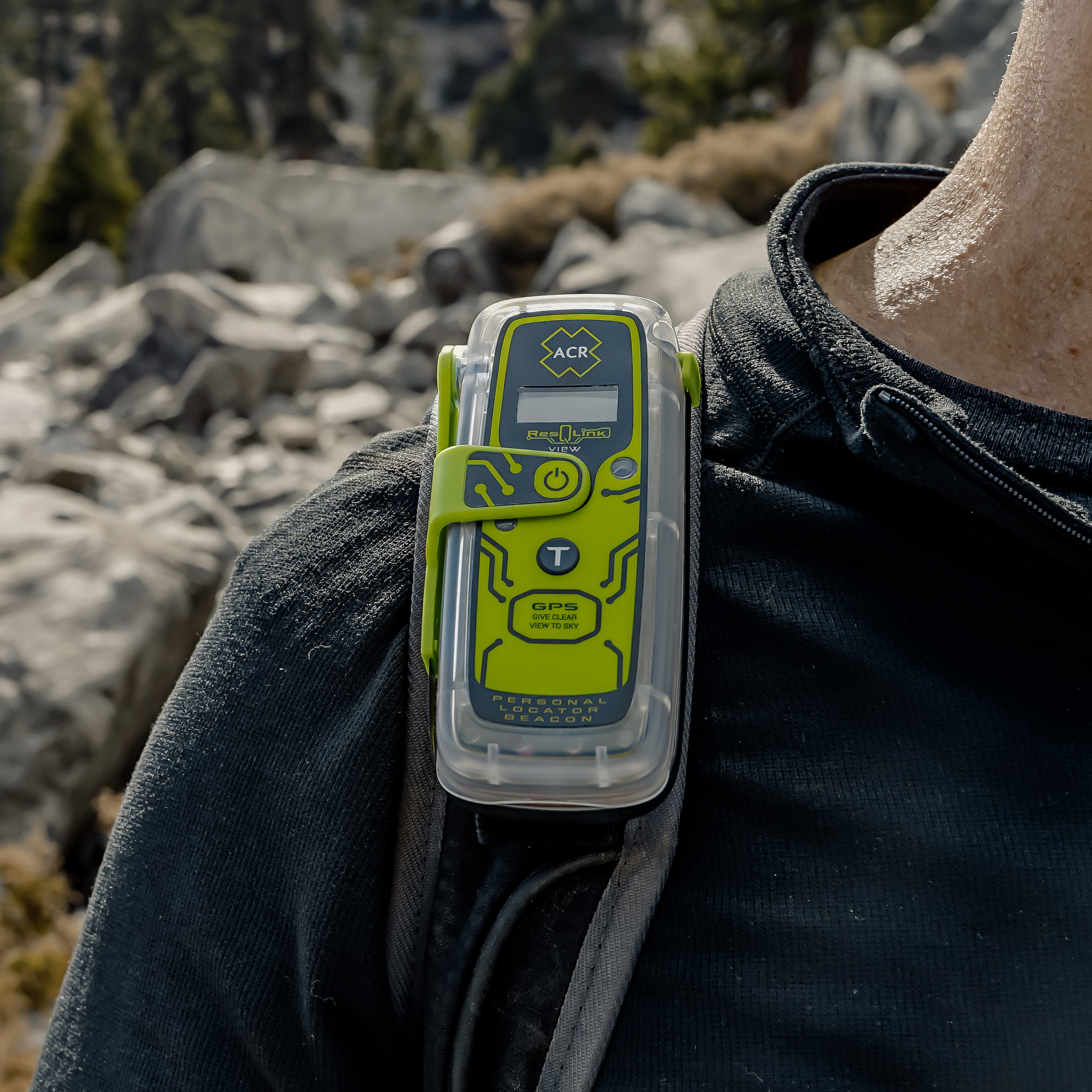
Choosing A Personal Locator Beacon
Posted on June 12, 2024
In the vast wilderness or even on the open sea, safety is paramount. Whether you’re an adventurer exploring the depths of the backcountry or a sailor traversing the ocean’s expanse, having a reliable means of signaling for help in emergencies is essential. That’s where Personal Locator Beacons (PLBs) come into play. These compact devices can be a literal lifesaver, but with a plethora of options available, choosing the best one for your needs can be daunting. This PLB Guide aims to help clarify the different features in each beacon so you can make your safety decision easier.
Understanding PLBs: What Are They?
Personal Locator Beacons are distress radio beacons designed to alert search and rescue services in the event of an emergency. They transmit a distress signal on the designated frequency used by Search and Rescue (SAR) satellites, ensuring that help can be summoned even in the most remote locations. PLBs are invaluable tools for hikers, boaters, climbers, sailors, pilots, and anyone else venturing into areas where traditional communication methods may fail.
Key Features to Consider:
1. Satellite Network Compatibility:
Ensure that the PLB you choose uses the COSPAS-SARSAT satellite network, this is the only direct link to Search and Rescue worldwide. This compatibility ensures global coverage and swift response times in emergencies. Other satellite communicators might claim they are a Personal Locator Beacon, but only PLBs are approved to the stringent and exact standards required to utilize COSPAS-SARSAT. Satellite communicators will typically use a commercial satellite network like Iridium.
2. GPS Integration:
GPS integration enhances the accuracy of distress signal transmission, allowing rescue teams to pinpoint your exact location more quickly. The majority of PLBs approved now include GPS/GNSS standard, it will be harder to find one that doesn’t include GPS, but if you do find one, stay away.
3. Size and Buoyancy:
Consider the size and weight of the PLB, especially if you’ll be carrying it during outdoor activities. Compact and lightweight models are easier to carry and won’t weigh you down during your adventures.
The smaller the beacon, the more likely it will not float without a flotation pouch. So if you are going boating or fishing and want one that floats, there are great mid-sized options that float and do not require a support pouch.
4. Return Link Service:
Some PLBs offer Return Link Service, which provides the user with an acknowledgement from Search and Rescue personnel that the distress signal has been received and relayed to rescuers. This feature provides reassurance that your distress call has been received and help will be on the way, enhancing peace of mind in emergency situations.
5. AIS (Automatic Identification System):
For maritime use, consider a PLB with AIS capability. AIS allows nearby vessels equipped with AIS receivers to receive your distress signals and location to within 10 meters from your PLB, providing an additional layer of safety by alerting nearby ships to your location. If you are not a boater, then AIS is not going to help you in the backcountry as it is only used in the maritime market.
6. Additional Features:
Some PLBs come with additional features such as built-in strobe lights for enhanced visibility in low-light conditions, digital displays for monitoring battery life and GPS coordinates, and self-test capabilities to ensure the device is functioning properly before each use. Evaluate these extra features based on your specific needs and preferences.






Others to consider:
- Ocean Signal PLB1: Looking for the smallest and lightest Personal Locator Beacon in the world, here it is. Easily fits in your pocket or mount it inside a lifejacket or on a backpack shoulder strap, this tiny yet versatile beacon has been the choice of the USAF and adventurers worldwide.
- ACR Bivy Stick: Get 2 way Satellite Text Messaging, Tracking, SOS, and more with the Bivy Stick which utilizes the Iridium Satellite network. Multiple flexible monthly subscription plans available.
The Best
When it comes to choosing the best Personal Locator Beacon for your adventures, prioritize your use case to the technology features that give you the most peace of mind. Invest in a PLB that offers compatibility with your activities, so if you are a hiker size and weight are a key driver. Boaters should opt for AIS, Buoyancy, and Lifejacket integrations. Ultimately, decide what beacon you are most likely to actually wear or bring with you. The best beacon is one that is with you when you need it. With the right PLB by your side, you can explore the great outdoors with confidence, knowing that help is just a distress signal away. Stay safe, and happy adventuring!